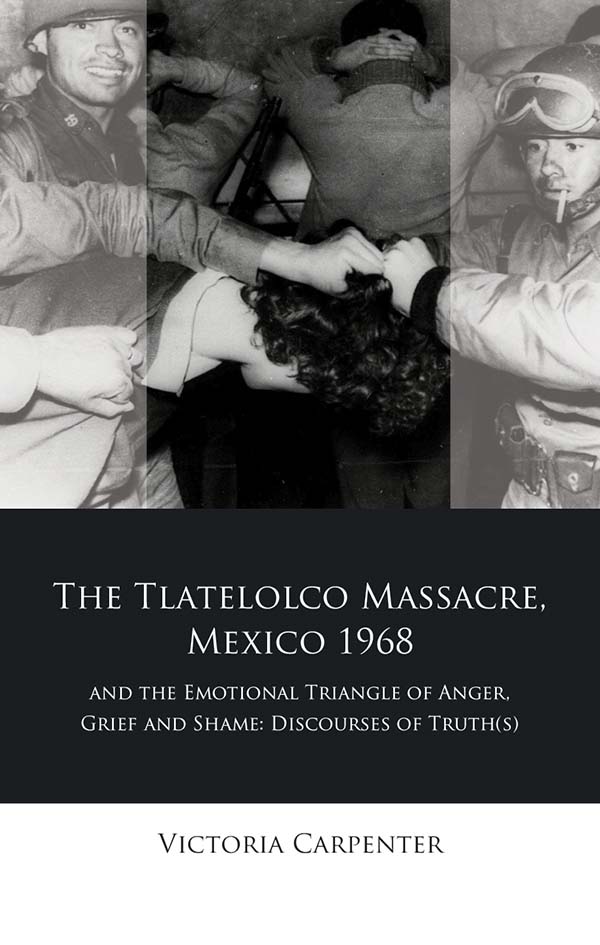The Tlatelolco Massacre, Mexico 1968, and the Emotional Triangle of Anger, Grief and Shame
Discourses of Truth(s)
Awdur(on) Victoria Carpenter
Iaith: Saesneg
Dosbarthiad(au): History
Cyfres: Iberian and Latin American Studies
- Awst 2018 · 288 tudalen ·216x138mm
- · Clawr Meddal - 9781786832801
- · eLyfr - pdf - 9781786832818
- · eLyfr - epub - 9781786832825
Am y llyfr
In the aftermath of major violent events that affect many, we seek to know the ‘truth’ of what happened. Whatever ‘truth’ emerges relies heavily on the extent to which any text about a given event can stir our emotions – whether such texts are official sources or the ‘voice of the people’, we are more inclined to believe them if their words make us feel angry, sad or ashamed. If they fail to stir emotion, however, we will often discount them even when the reported information is the same. Victoria Carpenter analyses texts by the Mexican government, media and populace published after the Tlatelolco massacre of 2 October 1968, demonstrating how there is no strict division between their accounts of what happened and that, in fact, different sides in the conflict used similar and sometimes the same images and language to rouse emotions in the reader.
Dyfyniadau
‘The 2 October 1968 massacre in Tlatelolco (the Plaza de la Tres
Culturas) was a loss of innocence for the Mexican national imaginary.
The sustained act of state terrorism shattered forever the myth of a
benevolent socially and culturally stable society. Mexico has been
coming to terms ever since with the aftermath of that event. Cultural and literary histories have generally adhered to versions provided by anti-establishment sources. The enormous value of Carpenter’s examination of pertinent textual production is the careful attention paid to the voices of the defenders of the State, with the result that she has provided a far more nuanced account than we are used to studying.’
-Professor David William Foster, Arizona State University
Cynnwys
Acknowledgements
Introduction: ‘2 October Is Not Forgotten’
‘And All This Happened to Us’: Events of the Night of 2 October in the State and Public Discourses
Affect and Reason: Analysis of the Massacre in the State and Public Discourses
‘Unfortunate and Sad Fate’: Emotional Reaction to the Massacre in the State and Public Discourses
Conclusion: The Symbolic Value of ‘2 October’ Is Not Forgotten
Bibliography
List of Tables
Table 1. Points of agreement, contention and grey areas in the state discourse (Ch. 2)
Table 2. Points of agreement, contention and grey areas in the public discourse. (Ch. 2)
Table 3. Archive components and associated emotions. (Ch. 5)


